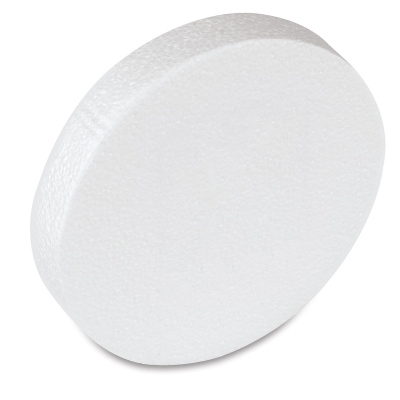Here are a list of things we have found in our community here in Columbia, SC & surrounding areas.
Operation Christmas Child
Children under the age of 13 are not able to volunteer in a Processing Center; however, tours are available throughout the season when families with children under 13 or individuals who want to know more about the project can come to the processing center. The tours help people learn about the journey of a shoebox, what we do at the warehouse, and how they can pray for children receiving boxes. Please contact your local processing center to register for a tour, offered Tuesdays, Thursdays, and Saturdays at select times. You can also have them pack a box and take it to one of your local drop off locations in your area. https://www.samaritanspurse.org/

There may also local churches and drop off locations in your area that will allow a child to volunteer under the age of 13. They can pack boxes to go to the distribution center.

All volunteers must be at least 13 years of age, regardless of a student’s grade level. Due to the warehouse environment, we can allow no exceptions to this age requirement. At least one chaperone for every four youth is required (youth volunteers include any volunteers between the ages of 13-17). The primary responsibility of a chaperone is to ensure the safety and appropriate behavior of your youth. For the safety of all volunteers in the warehouse, processing center staff reserve the right to ask any group not acting in accordance with safety procedures and outlined policies to leave the building at any time.
Can Food Drive

Good News Club
This is a program that local churches volunteer their time in public schools to teach the children about Jesus through crafts, songs, and games. It is an elective program that the parents have to sign for their children to participate in after school.
Churches and Soup Kitchens that serve the homeless

Build a Free Library
Our local homeschool co-op paired up with Home Depot to build a little free library to donate to parks in our area. The free libraries are for children to read at the park, take home and borrow, and donate their old books for other children to read. https://littlefreelibrary.org/

Women & Children's Shelter
Volunteer your time to go in and read to the children, have your kids play and talk with them and spend time with the children. https://www.familysheltersc.org/volunteer.html
Nursing Homes
Schedule with the business office to sing Christmas carols to them during the holiday season, play the piano, bring in your instruments to play, make cards to take in and hand out, make little hand made gifts to give to the residents, and you can go by to sit and chat with them throughout the year. They love to see the little kids and the adults dressed up in costumes. Some of the residents do not get any visitors and it can become very lonely at time. The smiles on their faces is something you will never forget.

Dang It Dolls
We have a group of ladies here locally that get together and will allow children to help make the dolls to send to the troops overseas. We made a pattern at home and made some of our own to ship to soldiers with a care package. We went on social media and asked our friends if they had an address for any of their family or friends unit so that we could send some care packages and others cards for their whole unit.
https://www.facebook.com/Dang-It-DollsOMSRD-171348516227405/

Cards for Soldiers

Homeless
Homeless shelters here will not let a young child volunteer at the shelters. So we collected toiletries from our friends and family and went to the Dollar Tree and picked up some items to put in zip lock bags and delivered them at the park where they hang out in. We also put little encouraging notes and drawings inside each bag to make it more personable. At Christmas times we took socks and blankets.

Soup kitchen-volunteer at http://wsmethodist.org/about/
Bake Goods
Show appreciation for your local fire department, police department, ambulance service, military offices, etc. We delivered a donuts when Krispy Kreme allowed everyone to receive a dozen donuts per person to whomever was dressed like a pirate one day out of the year.
Food Banks
Volunteer your time to your local food banks to help pack food into boxes.
https://www.harvesthope.org/get-involved/volunteer-faq
http://www.godsstorehousesc.org/
VBS
Local churches will allow your children to volunteer to help with the younger children during the summer.
Camps
Some camps will allow your child to become a camp leader/co-leader in some of the Summer Camps in your area.
Bread Donation
King Arthur Flour has a program for kids. They provide you with all the supplies you will need to bake the goods and then donate to one of your local shelters, or organizations that will deliver them. https://www.kingarthurflour.com/bakeforgood/kids/
Ronald McDonald House
Did you know that in addition to donating cash, you can donate can tabs off your soda cans? They use them to make bracelets and other items to sale to help fund what they do there.
https://www.rmhc.org/other-ways-to-help
Animals Shelter



 and cut out off the bottom piece and hot glue cloth around it and secure the loose ends at the bottom of it. Then glue it to the headband, but I didn't want ours to get squished in the suitcase. Here is a link to show where you will cut the styrofoam.
and cut out off the bottom piece and hot glue cloth around it and secure the loose ends at the bottom of it. Then glue it to the headband, but I didn't want ours to get squished in the suitcase. Here is a link to show where you will cut the styrofoam. 








